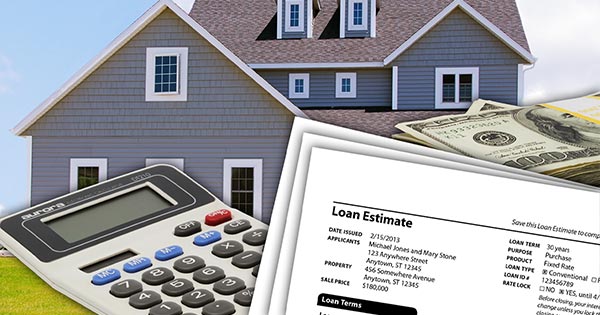| What is a Mortgage Loan Estimate? |
 |
|
When comparing Loan Estimates pay attention to sections A and B as they have Zero Tolerances. If these numbers are higher later on... the originator will have to pay the difference to the lender (not the borrower). Also, if is very important to know the PAR interest rate. PAR is when there is No Origination or Discount Points in section A. If you do not see any fees in Section A, it does not mean you did not pay them.
When shopping for the best deal, don't get caught in the confusion. Sections A and B will quickly tell you who has the best loan deal for your situation. Here is what they contain.
|
| When you receive a Loan Estimate, the lender has not yet approved or denied your loan application. The Loan Estimate shows you what loan terms the lender expects to offer if you decide to move forward. If you decide to move forward, the lender will ask you for additional financial information. |
|
The form provides you with important information, including the estimated interest rate, monthly payment, and total closing costs for the loan. The Loan Estimate also gives you information about the estimated costs of taxes and insurance, and how the interest rate and payments may change in the future. In addition, the form indicates if the loan has special features that you will want to be aware of, like penalties for paying off the loan early (a prepayment penalty). Here are 2 examples of Loan Estimates:
|
| The form uses clear language and design to help you better understand the terms of the mortgage loan you've applied for. All lenders are required to use the same standard Loan Estimate form. This makes it easier for you to compare mortgage loans so that you can choose the one that is right for you. |
| For additional information, and an interactive guide to the mortgage Loan Estimate, visit: www.consumerfinance.gov/owning-a-home/loan-estimate |
Mortgage Calculator
Our user-friendly calculator puts you in charge of estimating your mortgage payment.
